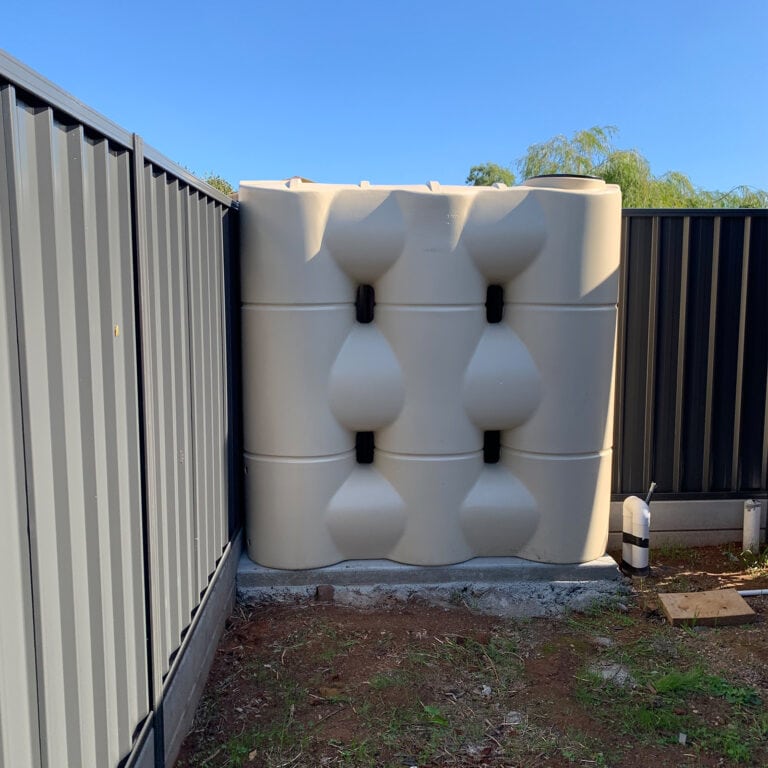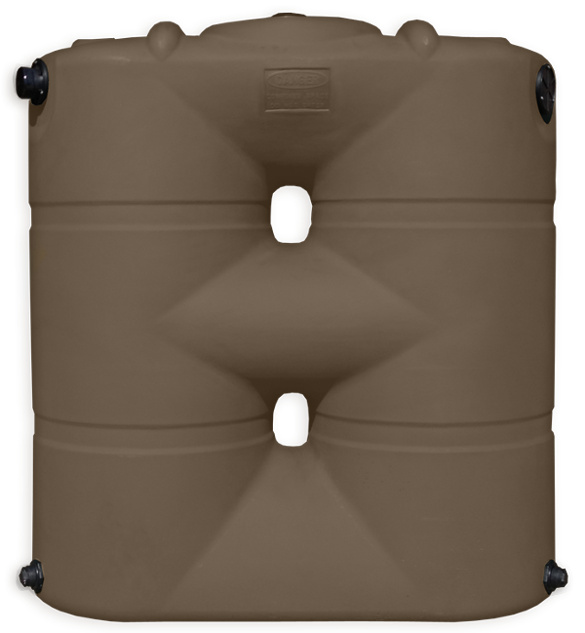Slimline Water Tanks: Space-Saving Solutions for Little Features
Slimline Water Tanks: Space-Saving Solutions for Little Features
Blog Article
Understanding the Value of Rain Tanks in Drought-Prone Regions for Water Security
In areas vulnerable to prolonged dry spells, the function of rain storage tanks in bolstering water protection is a subject of expanding relevance. As neighborhoods grapple with the obstacles of water scarcity, recognizing the importance of these tanks goes beyond simple collection of rainwater. Rain tanks act as a vital device in reducing the effect of water scarcities by offering a lasting source of water for different needs. The true worth of rainwater storage tanks expands far beyond plain storage space; it includes resilience-building procedures and the promotion of long-lasting water preservation strategies. This multifaceted technique to water security warrants a better exam of the role rainwater storage tanks play in making certain a reputable water during times of drought.
Benefits of Rainwater Tanks
Utilizing rainwater tanks offers a sustainable solution for increasing water system and boosting water protection in household and business setups. Among the primary advantages of rainwater storage tanks is their capacity to reduce dependence on keys water. By recording and storing rain that drops on roofs, this alternate source can be used for numerous non-potable objectives such as watering, purging bathrooms, and washing garments. This not just saves treated alcohol consumption water yet likewise reduces water bills for individuals.

Rain Harvesting Techniques
Rainwater collecting strategies incorporate a range of approaches created to efficiently gather and save rain for different purposes, contributing to water conservation and sustainability. One more preferred method is the use of above-ground or below ground storage space containers to save rain for later use.

Furthermore, rainfall gardens and permeable sidewalks are cutting-edge methods that entail landscaping or paving surfaces in a manner that allows rain to percolate into the ground, restoring groundwater reserves. Additionally, shape farming and terracing are farming practices that assist record rainwater and protect against soil erosion in hilly terrain. By carrying out these diverse rainwater harvesting methods, areas can boost water safety and security and strength in drought-prone areas while advertising sustainable water administration methods.
Relevance of Water Security
Guaranteeing trustworthy accessibility to tidy and sufficient water resources is critical for sustaining human health and wellness, financial growth, and ecological health. Water security is an important facet of social resilience, particularly in regions vulnerable to droughts and water shortage. Appropriate water protection incorporates numerous dimensions, including availability, quality, and availability of water for domestic, agricultural, industrial, and environmental needs.
Water safety and security plays an important function in advertising public health and wellness by minimizing the frequency of waterborne diseases and ensuring sanitation facilities. Economically, water security is vital for farming efficiency, industrial procedures, and overall financial development. Slimline water tanks. Water safety is carefully linked to ecological sustainability, as it sustains environments, biodiversity, and overall eco-friendly balance.
In drought-prone areas, water security comes to be much more crucial because of the heightened risk of water shortages. Applying approaches like rainwater harvesting, water recycling, and effective water management techniques can dramatically improve water protection in these areas. By focusing on water safety, neighborhoods can better hold up against the effects of environment adjustment, populace growth, and other challenges that threaten water accessibility.
Enhancing Water Strength
With raising international water challenges, constructing durability in water supply has actually become an essential visit this site right here focus for lasting advancement initiatives. Enhancing water strength involves executing techniques to guarantee water schedule and quality despite altering ecological conditions, her comment is here such as dry spells, floodings, and contamination.
One trick facet of boosting water strength is advertising the use of rainwater tanks in drought-prone regions - Slimline water tanks. Rainwater storage tanks offer as an efficient means of catching and saving rainwater for later usage, reducing dependence on limited freshwater resources throughout completely dry durations. By including rain harvesting systems right into water administration plans, neighborhoods can enhance their capacity to hold up against water shortage and maintain water safety and security

Lasting Water Preservation
Among intensifying water difficulties, the prudent administration of water sources with sustainable preservation practices is necessary for making sure long-term environmental stability and social health. Sustainable water conservation involves the effective use of water resources to satisfy current requirements without compromising the capacity of future generations to fulfill their very own requirements. By carrying out approaches such as rain harvesting, greywater recycling, and water-efficient technologies, areas can reduce water waste and ease find this stress on freshwater sources.
Furthermore, sustainable water preservation practices add to ecosystem health by keeping adequate water levels in rivers, lakes, and marshes, supporting biodiversity, and protecting natural environments. These methods also play a critical function in minimizing the impacts of climate adjustment by assisting to adjust to changing precipitation patterns and water schedule.

Final Thought
To conclude, rain containers play a critical duty in improving water safety and resilience in drought-prone regions. By utilizing rain harvesting strategies, areas can lower their dependence on standard water resources and advertise lasting water preservation techniques. This not only aids alleviate the influences of water deficiency during dry spells yet likewise adds to lasting water safety and strength despite climate adjustment difficulties.
Report this page